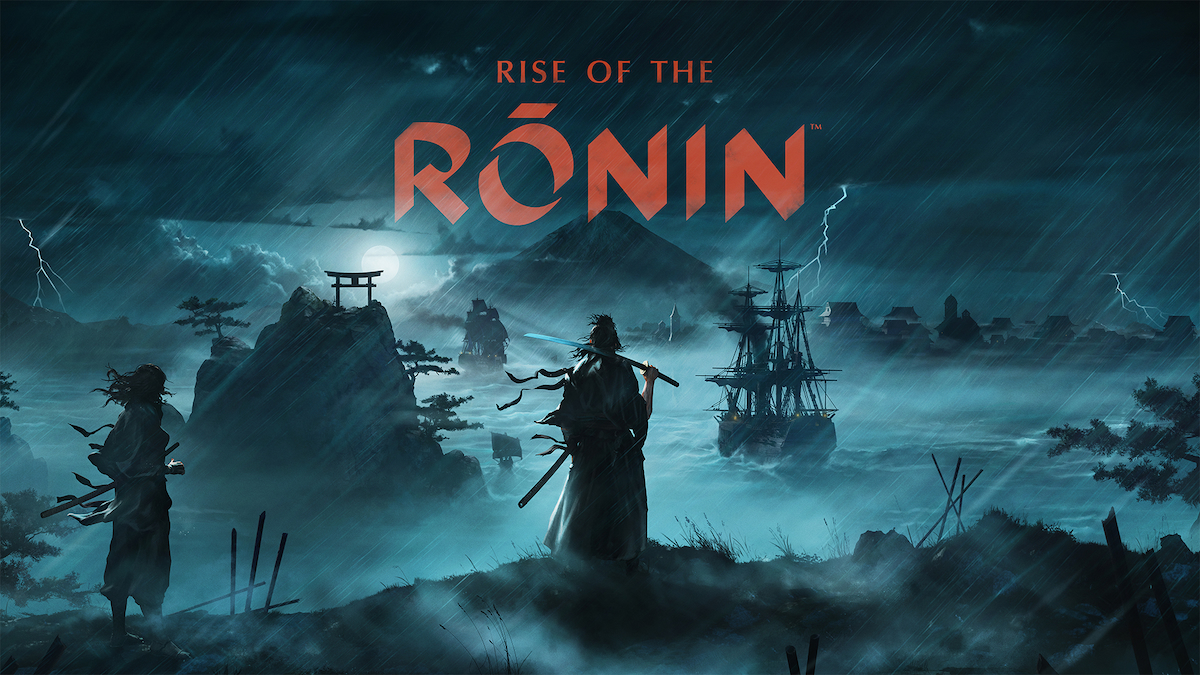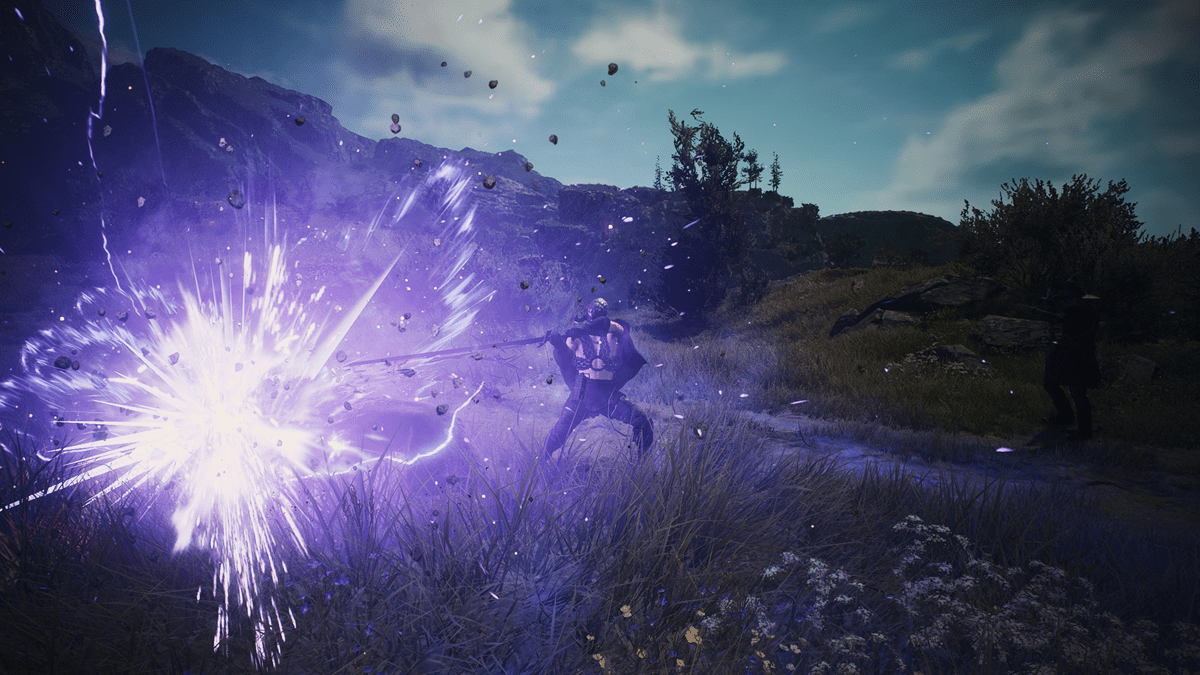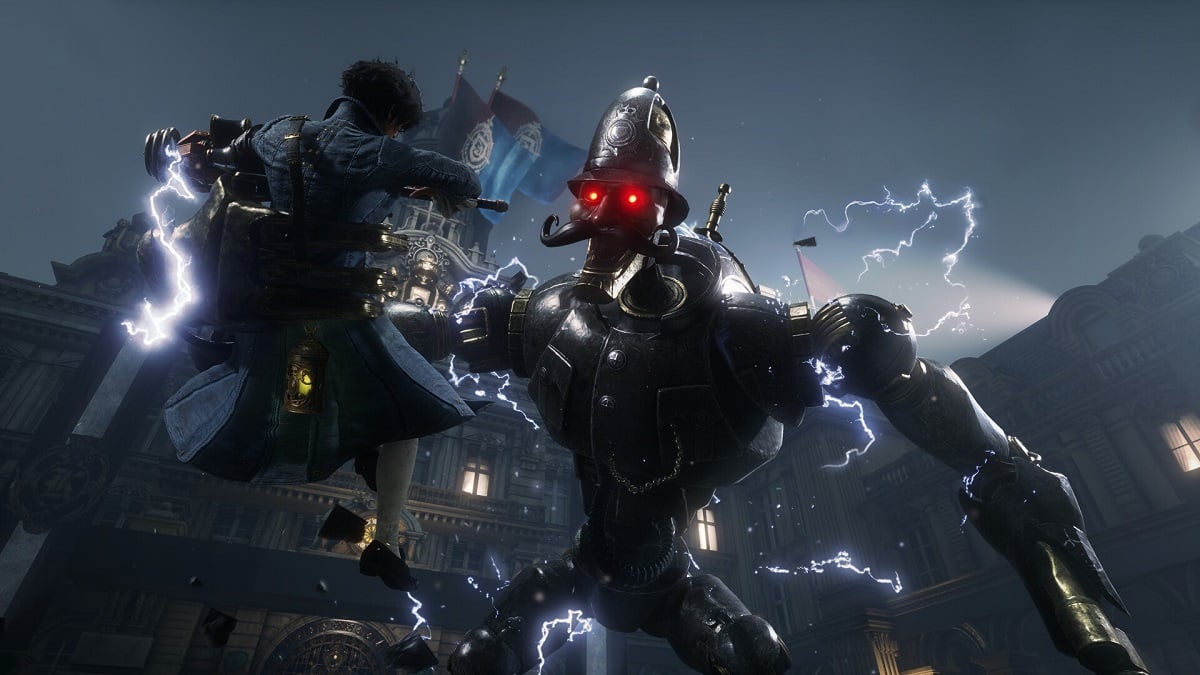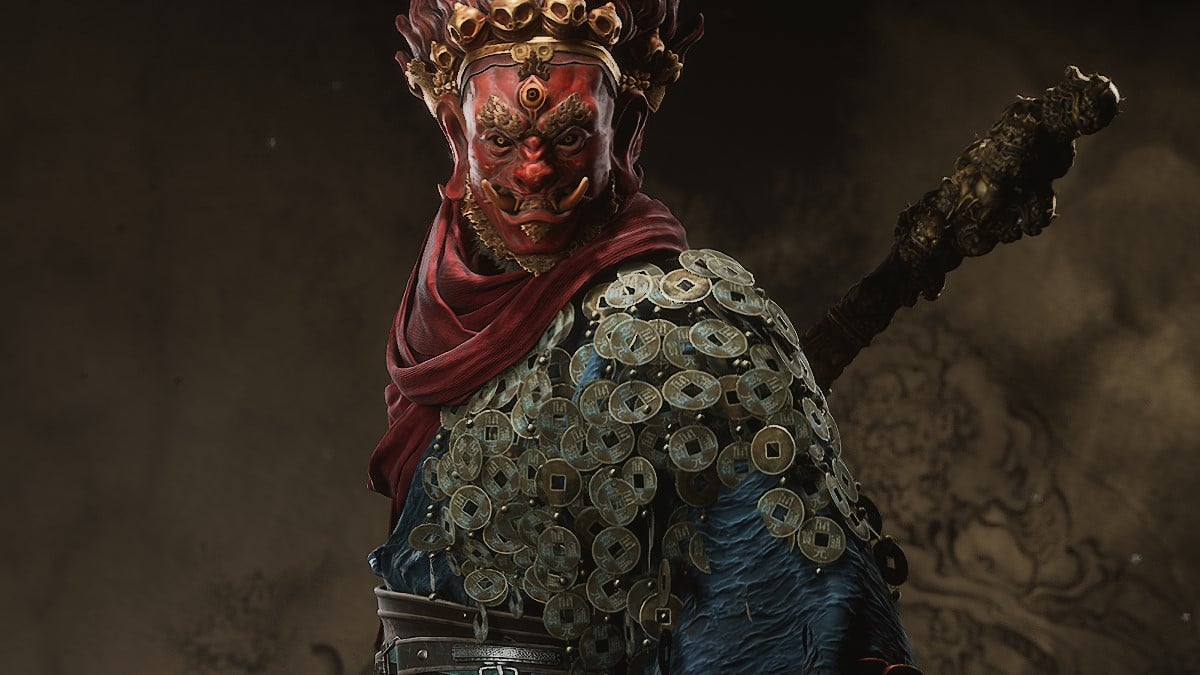I love a good Metroidvania, having been obsessed with Metroid 2: Return of Samus as a kid. These games enable you to grow as a player alongside your character as you absorb knowledge from the world and find new abilities, which is fascinating and incredibly satisfying.
That’s what I expected of Animal Well. I was captivated by it when it was revealed as the first game published by Videogamedunkey’s company, Bigmode, and steered clear of most pre-release marketing videos. I went in fresh with no expectations, which is exactly how this game should be experienced. Animal Well is packed with surprises, each making you feel intelligent upon discovery and delivering reward after reward with every session. Even if those sessions cause a lot of frustration at first.

Animal Well (PC [reviewed], PS5, Switch)
Developer: Billy Basso
Publisher: Bigmode
Released: May 9, 2024
MSRP: $24.99/£20.99
Animal Well begins with an introduction to the cute little seed creature that is your squishy protagonist, tentatively exploring the world around you. It’s dark and wet, but light seeps in where it can, from little fires, bioluminescence, or cracks overhead. Traversal seemed straightforward enough, and I figured it was the usual tired retread through the Metroidvania/puzzle platforming genre: follow the path, unlock new abilities, repeat. I couldn’t have been more wrong.
Soon after those first opening rooms, Animal Well lets go of your hand and expects you to learn using the visual language through which it communicates. This might be a cluster of ladders just close enough to jump between, a moving platform with an opening nearby you’ve got to reach, or a set of buttons with a locked door.

The main objective of Animal Well is to explore the world and collect all four flames marked on the map. It’s a loose goal, but it’s grounding, providing direction when you’ve hit a wall and don’t know where to go next. Those directions are also a suggestion, not a demand, you can ignore them. The map displays every room you’ve found and the routes in between, so you can always look for the path not taken if you feel like you’re missing something.
There’s always just enough information on every screen to eventually figure out if there’s a way forward with the tools in hand, too. And if not, these screens stick in your memory as parts of the map you’ll need to return to later. It’s an environment good at teaching you how to adapt quickly, so you’ll eventually move through the game’s world just as you may navigate roads or paths near your home. It’s a sign Animal Well’s world design nailed something in the formula just right, hitting that sweet spot between being overcomplicated and so simple it’s empty.
While not every room is a puzzle, there’s always something to find. It might be a hidden path, a chest containing an egg, or a stunned creature that wasn’t expecting you to find it. It’s packed with mysteries to the point I stayed up hours late at night playing, often thinking about puzzles throughout the day, and using time between taking the kids to school or errands as gaps for pondering over the next solution.
Something I like about Animal Well is how mysterious and puzzle-filled its world is, considering the relatively small number of items you find as you explore. The Bubble Wand allows you to create a bubble and hop across larger gaps, the Disc is a great tool for hitting hard-to-reach buttons, the Slink can help you with puzzles that seem to require two of your characters, and the Yo-Yo is an instrument of chaos that causes damage and distracts in equal measures.
Every single item has several uses, some of which you’ll need to work out for yourself as you progress. The environmental design includes things that should help you figure them out by yourself, but you’ll be no less amazed when testing an idea and it somehow works.

To get the most out of Animal Well, I recommend you try to play it without looking up room solutions so you can feel that same sense of growth when an item becomes even more complex before your very eyes. Both in terms of the evolution of the world and the items you gain.
It’s where developer Billy Basso’s approach to the metroidvania truly shined. Resources are limited, but you’ll expand your abilities by acquiring new tools and navigating rooms specifically built to act as upgrade chambers. There’s never any ceremony, and the tools don’t change. Instead, the puzzles you solve upgrade the tools at your disposal; they force you to find new uses for them.
A great example of this is the Yo-Yo. Initially, it’s presented as a way to reach buttons around corners, under platforms, and generally out-of-reach locations. However, specific puzzles force you to experiment, helping you realize that animals are attracted to the Yo-Yo, which can make them hit switches for you or transform a room entirely by reversing certain mechanical inputs.
The tight control scheme helps these items work so well. You can tell how much time and effort went into working out exactly how far and high your character can jump, and every puzzle is built around that as a default. It makes everything feel fair, even when you’re frustrated.
This game has no cheap tricks, just very well-built puzzles designed around how you move and what your tools can do. It runs you through so many challenges that you’ll start to be able to see solutions like you’re Neo looking at the Matrix. For me, platformers like this live or die based on the most basic movement controls, and Animal Well is so brilliant in this area that it’s easily the best game I’ve played in the genre in recent years.
As with most 2D puzzle platformers, Animal Well has secrets. There’s a big set of collectibles that I’m still working through at the time of writing that gives you a reason to run through every room again and explore them in ways you’d never think otherwise. Like everything in the game, they play a much bigger role than you think at first, adding to the already huge amount of rooms, puzzles, and items to discover already.

As you explore the well where Animal Well is set, you’ll get a sense of the story being told through the environment. Again, I won’t spoil this here, but something I can’t leave out is the phenomenal bosses. Traditionally, boss fights are where games like Metroid Dread and Tales of Kenzera: Zau shine. They’re shiny, tightly designed, and filled with explosive moments that make you sit back wide-eyed at the spectacle on-screen.
Animal Well‘s bosses are no less impressive and tough to beat, but you’re not doing any fighting. In fact, there’s no combat in the game at all. You’re a helpless, defenseless seed creature in an ecosystem that’s already established around you and doesn’t want to be messed with. As a result, you’ve got to find clever ways of beating each boss using knowledge gained from the rooms you’ve explored and the tools at your disposal.
The only one I’ll speak about is one you’ve likely seen in the game’s trailers: the ghost cat. Triggering this boss is a puzzle in itself, and beating it is a gauntlet that took me hours. What’s so impressive about it is how quiet the spectacle actually is, though. This enemy is chasing you; there’s haunting boss music, and you can hear the creature making unnerving sounds that make you want to put the game down and walk away. But there’s no big-budget cinematics, no special moves. It’s all about beating the game using your skills and knowledge of the world.
The same could be said for the entirety of Animal Well. There’s some music here and there, but most of the sounds you’ll hear are ambient well noises from the creatures calling this world home. It all blends together perfectly — music and visuals — because, at its heart, this game wants to show the beauty of nature.

The 2D-pixel art is really refreshing after so many high-fidelity 3D games, and the limitations it brings have been worked on to make the world of Animal Well stand out. Vines grow down from the ceiling of the well, but they’ll shift if you run through them, resulting in a beautiful swishing animation. The creatures of the well are recognizable, though visually unique for this world, and come across as almost ethereal and ghost-like.
This adds to the environmental storytelling, but also makes your character stand out. The tiny seed creature is a bright light in a dim world. It’s a happy little soul among ancient beings who are too old and too scared to venture far from their hovels.
Animal Well is packed with more things to do and secrets to find than most other games, yet retains a distinctly indie charm. It feels so much bigger than what I thought was promised by initial impressions, enchanting me with a world I could listen to and watch all day, and boasting some of the most satisfying gameplay of 2024. It’s one I’m grateful I experienced knowing so little, and urge anyone else sitting on the fence to wholeheartedly embrace until the darkness and biologically fueled light sources of its world envelop you in your beautiful, if slightly chilly, new home.












Published: May 9, 2024 08:00 am